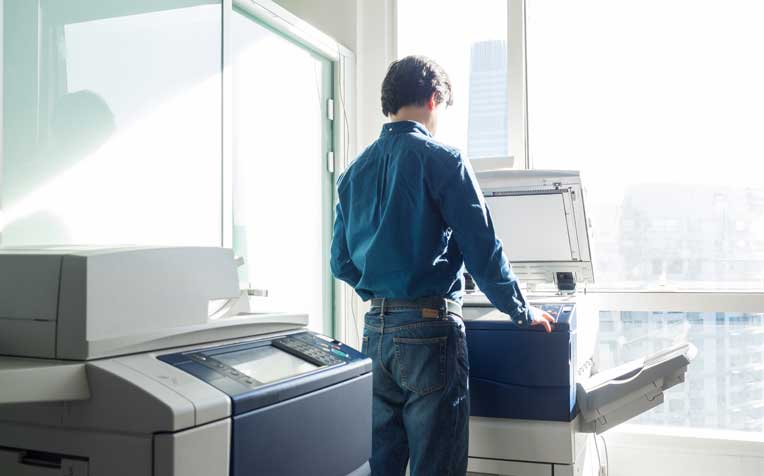HealthXchange will NEVER ask you to transfer money over a call. If in doubt, call the 24/7 ScamShield helpline at 1799, or visit the ScamShield website at www.scamshield.gov.sg.

Ensure that photocopiers are placed in a well-ventilated room.
The Department of Respiratory and Critical Care Medicine at Singapore General Hospital (SGH), a member of the SingHealth group shares 6 safety precautions when using photocopiers.
Ways to safeguard your health
Here are ways you can safeguard your health, especially if you have a say in the buying and maintenance of office equipment.
- Choose low-emission photocopiers:
Choose dry-process photocopiers, not wet-process ones. Also, choose photocopiers that do not run as hot so that they will not produce as much ozone. Some newer models use a different system to reduce the amount of ozone produced by the machine. The average ozone emitted is 40 µg/copy. At peak production, it is 131 µg/copy.
- An ozone filter is a must:
Ensure that the photocopier is equipped with an ozone filter which rapidly decomposes the ozone gas in the machine’s exhaust to convert it to ordinary oxygen. These filters should be replaced after a certain number of pages have been printed (approximately 50,000 sheets).
- Keep your distance:
The photocopier should be placed such that exhaust emissions do not travel over workstations or personnel. The more often a photocopier is used or the more duplicating machines there are, the more important it is that they are placed in a separate room with local (and separate) mechanical exhaust ventilation.
- Ventilate the room:
Make sure that the room in which the photocopier is placed is well-ventilated, whether it is by natural or mechanical means. If not, the levels of ozone could build up to dangerous levels. It would be even better if the photocopier is placed in a dedicated room of its own.
- Maintain it well:
Have photocopiers maintained on a regular basis. For example, ozone emission from five copiers that the US Environmental Protection Agency (EPA) tested dropped from a range of 16 µg/copy to131 µg/copy before maintenance to 1 µg/copy to 4 µg/copy after maintenance.
- Manage refills and spillages well:
Refilling techniques for the toner in dry (also known as xerographic) machines should be given special attention, avoiding spillage as far as possible. But if spillages happen, they should be cleaned up with care. Vacuum up the spillage instead of brushing it off. Then, wipe off the remainder dust using a damp cloth. Ideally, those with compromised respiratory systems should not be asked to do this.
Contributed by
Related Articles
Public Events
Get the Health Buddy App
© 2025 SingHealth Group. All Rights Reserved.


















 Get it on Google Play
Get it on Google Play